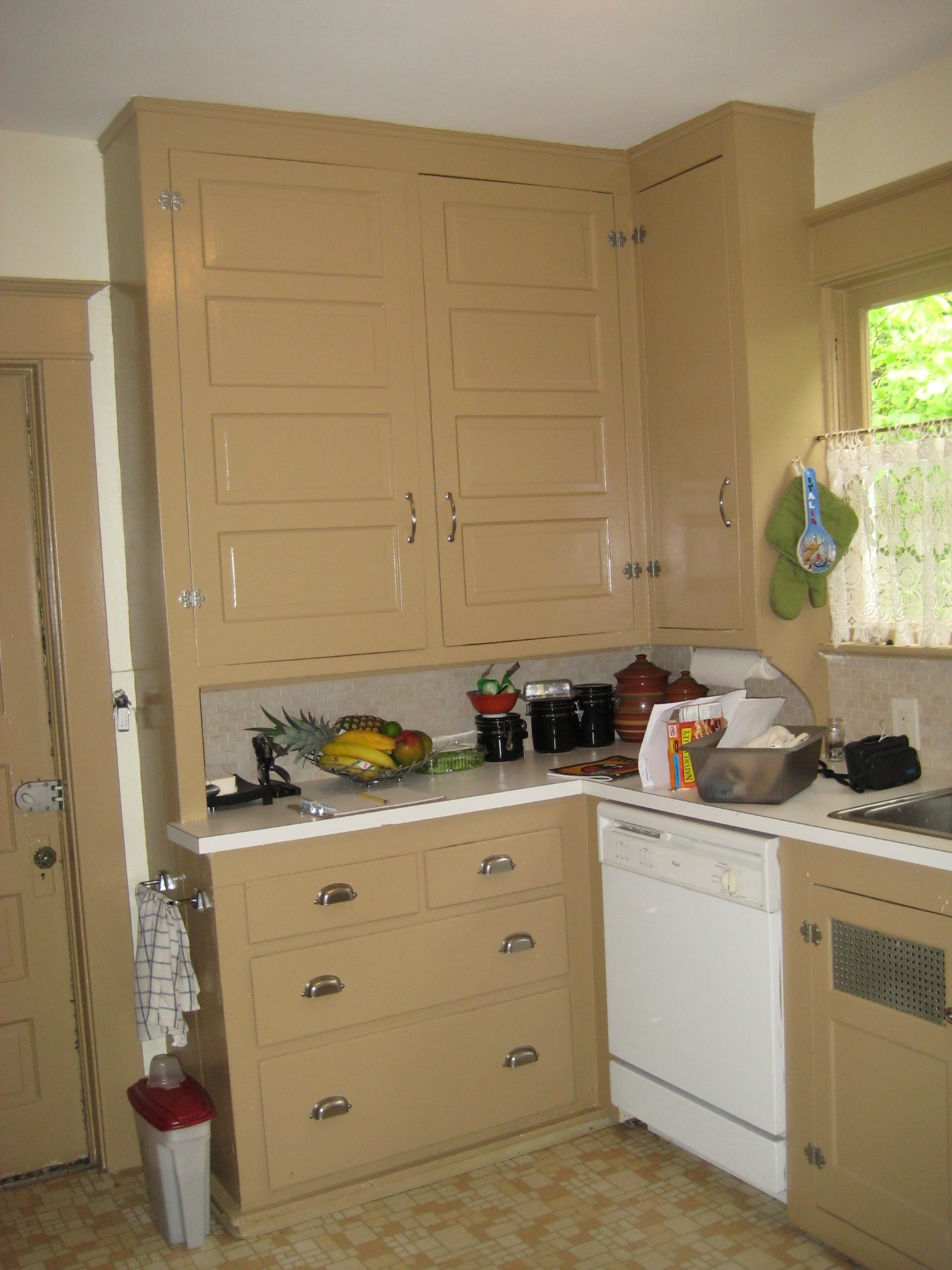Peek Behind the Scenes at our Small Kitchen Makeover in Progress
We’re delighted to introduce you to Darrick, the Portland homeowner who worked so hard to win our recent Small Kitchen Makeover Contest in collaboration with Portland Monthly.
Darrick and his wife Monica gathered an impressive group of friends and fans to help drive their kitchen to the top of the voting. They built a list of people who received daily text messages reminding them to vote and even worked with Darrick’s sister-in-law, a volleyball coach, to engage the entire volleyball league in rooting for and voting for their kitchen.
Of course, now that they’ve won, there are thousands of delighted friends and family members hoping to follow the progress of their kitchen design and help them celebrate their success.
For that reason, Darrick and Monica have given Arciform permission to follow their project from start to finish on our blog, providing insights along the way into the kitchen remodeling process that might be useful for anyone considering a kitchen remodel.
About the Home
The back of Darrick and Monica’s home nestles up against the hill face, with the back kitchen door opening out to nearly scrape the rocks of the hillside behind them. It’s a beautiful space, full of 1920s charm, and a big change from the Beaverton condo Darrick lived in before they married.
Darrick’s dad is an experienced DIY remodeler, and the couple gave the home an overall facelift with fresh coats of crisp white and grey paint as soon as they moved in.
The only space they left completely untouched was the kitchen, a tiny space with narrow counters and extremely tall upper cabinets that were built in place along one wall on site and a tiny pantry that houses an awkwardly placed refrigerator.
About the Designer
For this project, Arciform selected senior designer Chelly Wentworth , a highly experienced designer with numerous awards to her credit and a special affinity for older homes, to work with the couple on the kitchen re-design.
Here are Chelly’s impressions from the first client meeting:
The kitchen was very small of course, and mostly original. I am always amazed at how long these original kitchens remain in use. It felt very cramped and closed off the rest of the house. The colors and finishes didn’t reflect my impression of the homeowner’s style in any way.
The refrigerator is currently located in a small pantry which is not ideal and there doesn’t seem to be another place for it to go.
Plus, there must be 50 steps up to the home’ s entrance.
The location provides great views but can make taking the garbage and recycling out a challenge. Usually when working in a kitchen this small I suggest more frequent trips to the garbage and recycling so we don’t lose valuable storage space to big pull-outs. With these clients it is not going to be an option.
After our first visit with Darrick, what were the key insights that you got from the conversation that were subsequently incorporated into the first draft of the design?
The #1 priority is to remove the wall between the kitchen and the dining room.
(Here’s the view towards the kitchen from the dining room)
(And here is the view of the same wall from the kitchen side.)
We are planning to add a peninsula of cabinets that will provide a place for the range, extra counter space and a small eating bar. Their design aesthetic leans towards the modern side so key elements in the concept are clean lines and lack of clutter.
When you first meet with a client, what ‘homework’ do you like them to do to help inform the conversation?
I usually ask people to think about all the activities that will be taking place in the kitchen.
For example, do they entertain a lot?
Do they all cook or is there one person who does the primary cooking?
What dietary considerations do they have?
Do the buy a lot of prepackaged meals or make everything from scratch?
How do they shop, do they own any special equipment like a 20” tall juicer, etc?
Does anyone in the household have any special hobbies like canning or beer making that will take place in there?
Do they want seating in the kitchen?
I also ask them to tell me what decisions or selections have already been made and if any of them are set in concrete or if they can be flexible. For example, many people want double ovens and a microwave (which can be very difficult to accommodate in a small space). I also ask them to think about what they like and dislike about their current space and if we will be reusing anything that is already there. Finally, I ask them to gather an idea file so I can get a feel for their style and what types of things they like.
The Wish List
Darrick and Monica are avid wine lovers, tea drinkers and ramen noodle makers with a penchant for the latest technology. When asked what was on their wish list for a dream kitchen, they listed Carrara marble counter tops , a wine fridge to showcase their favorite vintages, a hanging pot rack and a pot filler for the sink. Darrick would love anything that integrates some cool technological elements into the space, but they are careful to be respectful of the home’s vintage character and charm.
They would like the kitchen to feel more open and connected to the rest of the house and they desperately need more storage space and counter space. Finally, they are hoping to create easier access to their fridge.
Next Steps
After Chelly’s initial meeting with Darrick, the next step will be to create the ‘as built’ documentation – an accurate three dimensional rendering of the current layout of the kitchen that will allow her to begin exploring potential solutions to the design challenges presented.
Then, they will meet for a design presentation , where the first draft of the proposed design is reviewed by the clients and refined based on their feedback.
Once a concept has been determined, there will be a “ budget check ” where a rough estimate of the approved design will be sketched out in order to confirm that the design can be constructed within the client’s budget parameters.
We hope you will follow along with us as we track each step in the process of this makeover and we welcome your questions and feedback along the way!
Next week’s post: The design presentation.
Thanks again to our Small Kitchen Makeover Contest Partners:
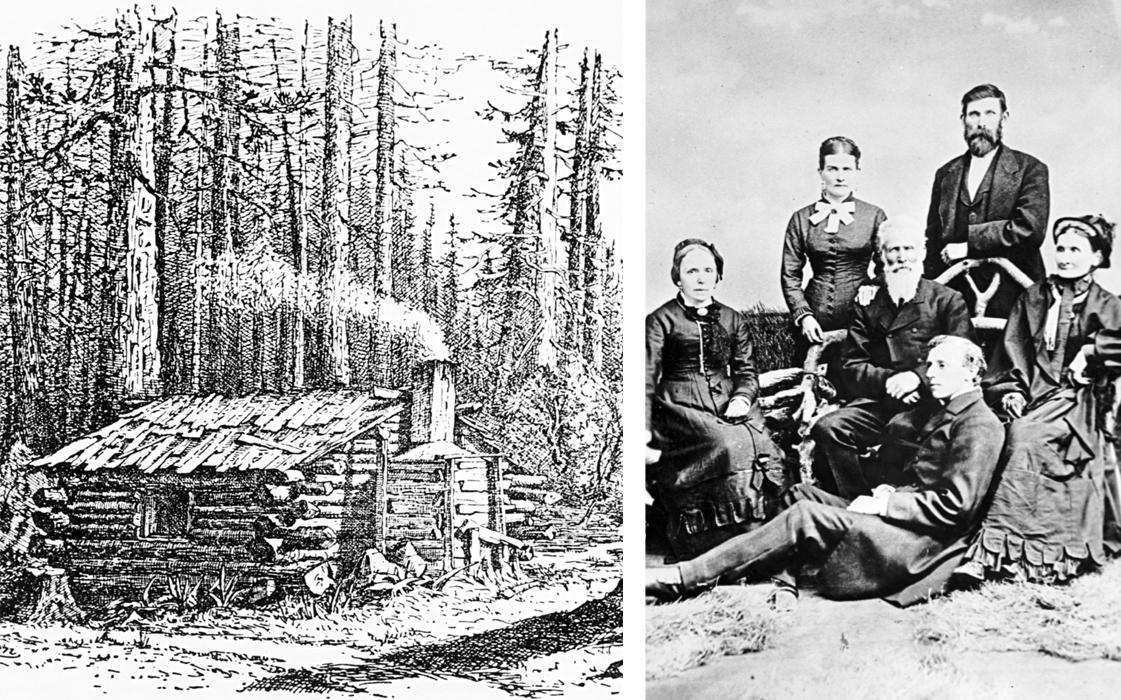
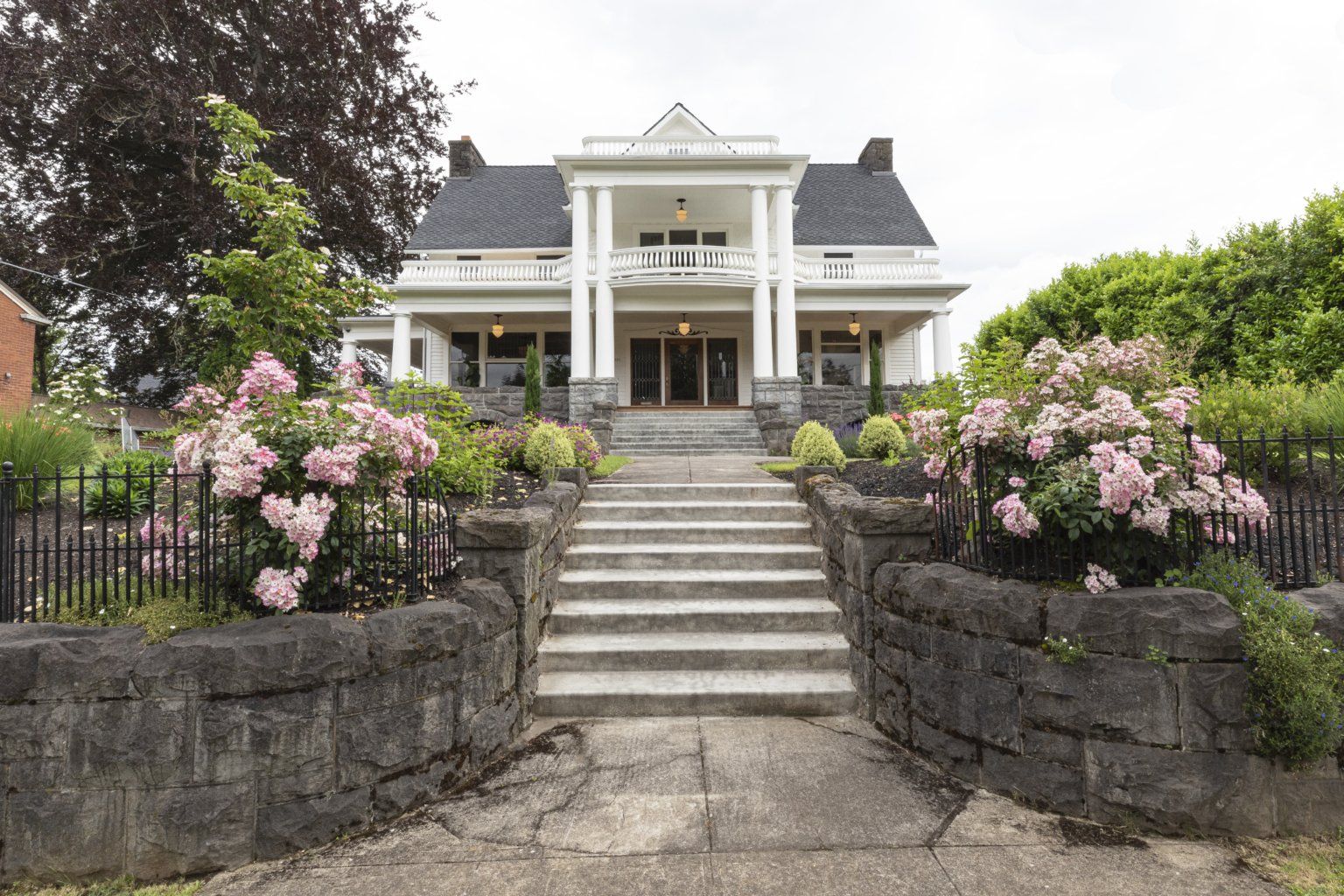





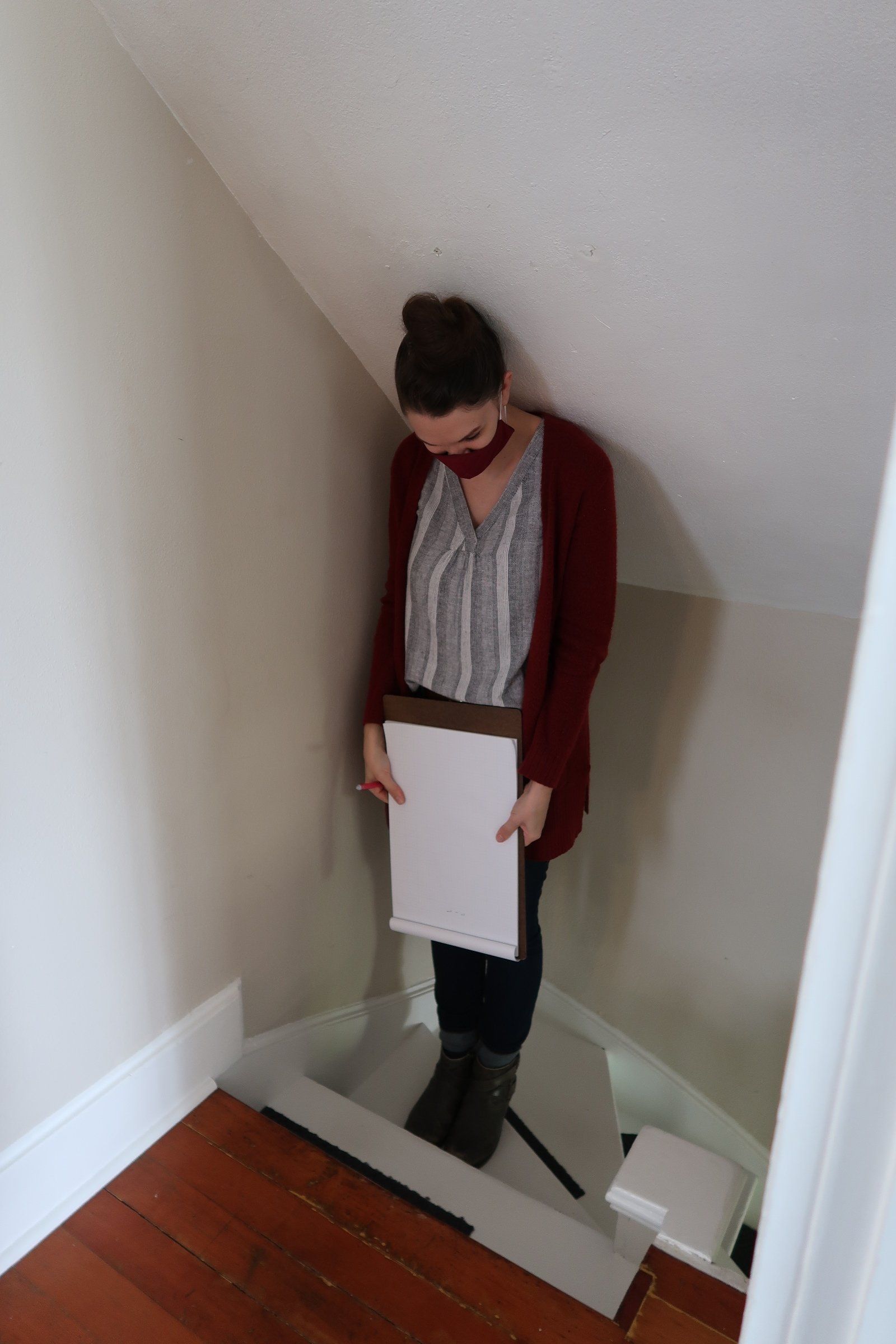
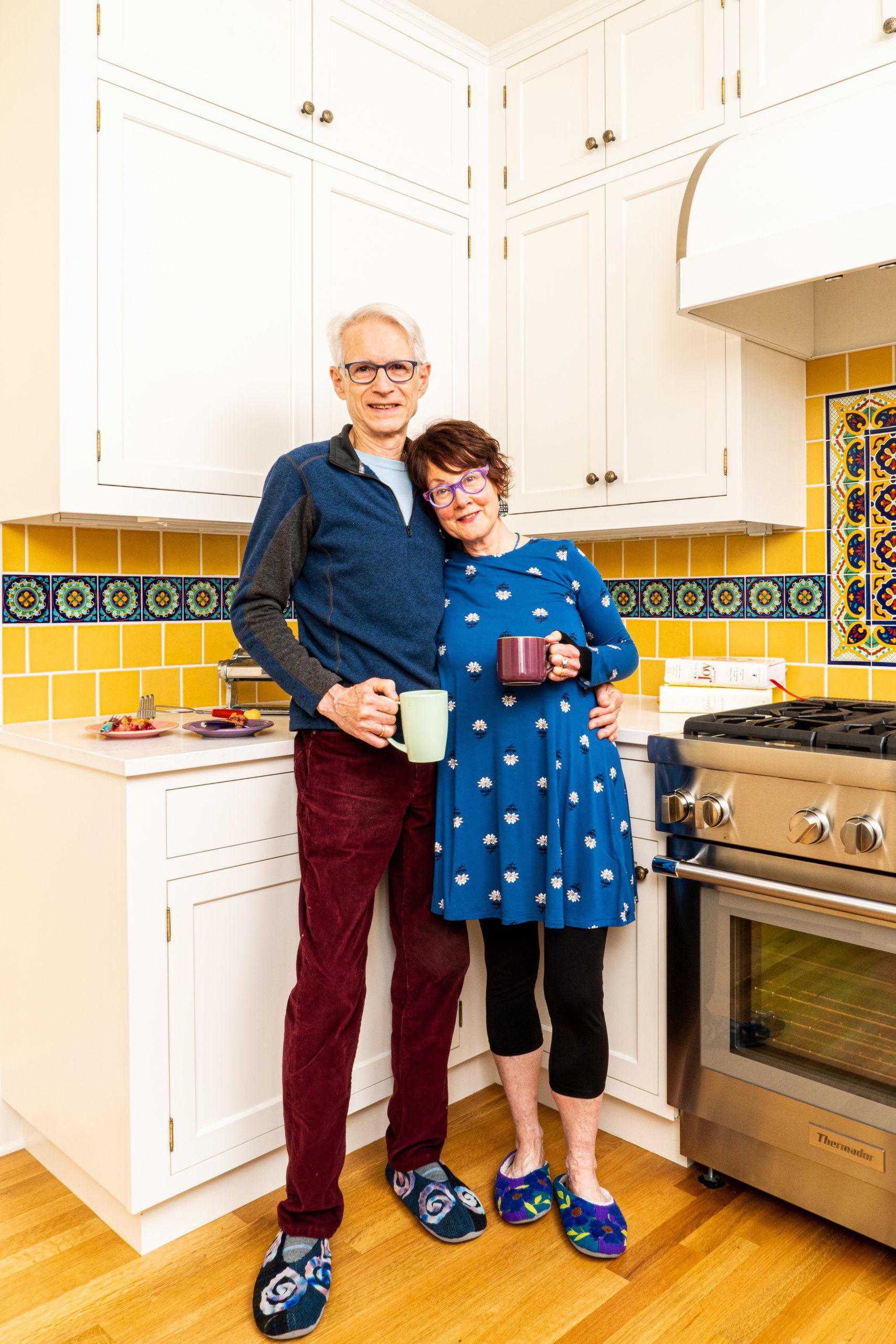
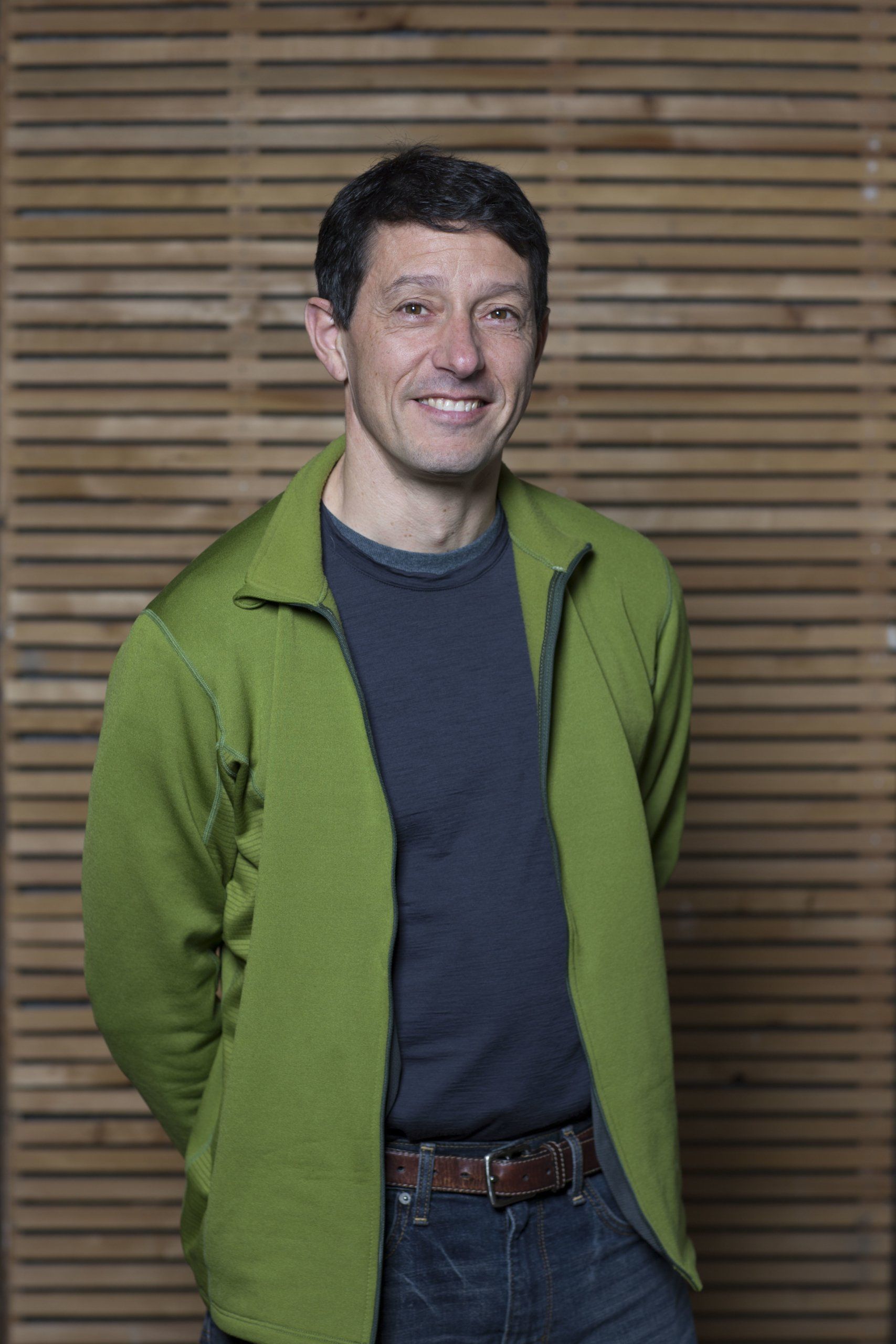


Oregon: CCB# 119917 | Washington: ARCIFL *910KJ





